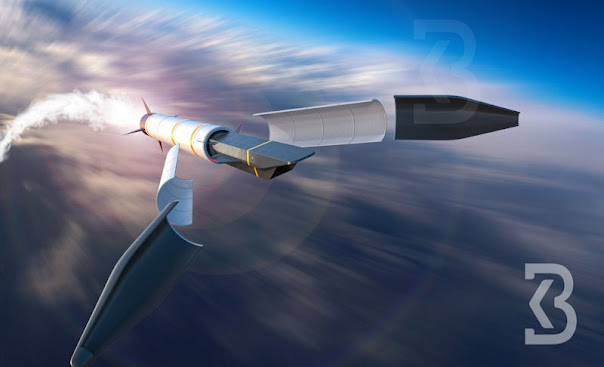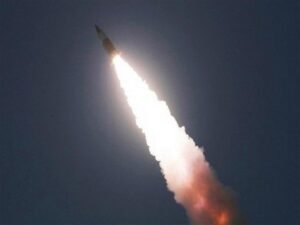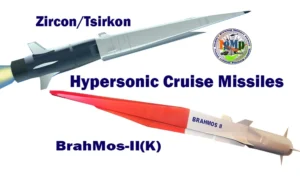Source : Swarajya
 |
| An artistic CGI of HSTDV glide vehicle ejecting out of its missile carrier by Kuntal Biswas |
India today (27 January) tested the Hypersonic Technology Demonstrator Vehicle (HSTDV) from Kalaam Island off the coast of Odisha.
Th HSTDV was tested for the first time by the Defence Research and Development Organisation in 2019.
It is an unmanned aircraft built for flying at hypersonic speed (five times greater than that of sound).
Former DRDO Chief V K Saraswat, in 2008, said that the aim of the HSTDV project was to demonstrate the “performance of a scram-jet engine at an altitude of 15 km to 20 km.” With the scram-jet engine, the HSTDV can travel at Mach 6 (7408.8 km/h).
“Under this project, we are developing a hypersonic vehicle that will be powered by a scram-jet engine,” he said back then.
A scramjet engine (supersonic-combustion ramjet) is one which can operate at hypersonic speeds.
Like a normal ramjet engine, a scramjet, one, carries the fuel in the aircraft but uses atmospheric air for the oxidiser; and two, uses its high speed to compress the incoming air forcefully before it enters the combustion chamber.
However, while a ramjet decelerates the air to subsonic velocities (speeds less than that of sound) before combustion, the airflow in a scramjet is supersonic throughout.
The engine, therefore, only starts after the vehicle reaching a certain velocity. This velocity is achieved by other means of propulsion like a rocket engine.
Unlike a rocket engine, which carried both the fuel and the oxidiser with itself, the scramjet carries only fuel. So it can only operate at suborbital atmosphere when oxygen is present in sufficient amounts.
Using the technologies validated through the HSTDV test, India can develop hypersonic missiles in the future.






